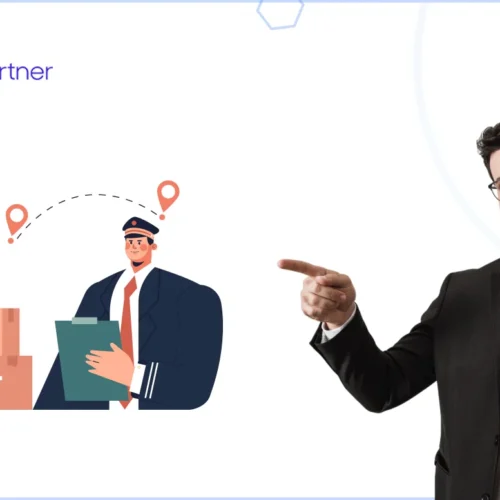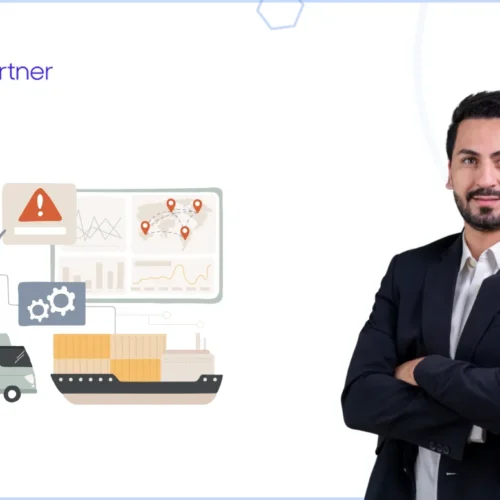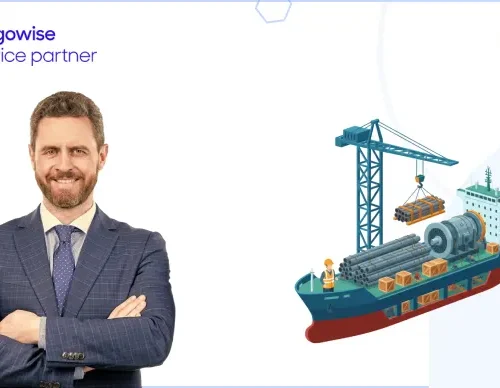In freight forwarding, accuracy is very much necessary. One wrong consignee detail can result in delayed clearances, incorrect billing, or frustrated customers at the destination. That’s why CargoWise places significant importance on properly creating and managing Consignee records.
The consignee, also known as the Importer or Buyer, is the party designated to receive goods once they arrive at their destination. Setting up this record correctly inside CargoWise ensures that all shipments, documents, and financial transactions tied to the consignee run smoothly.
Let’s look at how CargoWise manages consignee records, why accurate setup matters, and how forwarders can leverage customization options for compliance, billing, and customer service.
What is a Consignee in CargoWise?
A Consignee in CargoWise is the entity responsible for receiving the shipment at the destination. Depending on the trade lane, this could be:
- The buyer of the goods.
- An importer registered with customs.
- A party arranging for further inland distribution.
In operational terms, the consignee record is the data anchor that connects shipments to invoices, customs entries, and compliance workflows. If it’s set up correctly, downstream processes like customs clearance, billing, and reporting all flow without friction.
Why is Accurate Consignee Setup Critical?
Freight forwarders often face challenges when consignee data is inconsistent or incomplete. These include:
- Customs delays when the consignee’s broker or permit numbers are missing.
- Billing errors occur when charges are not allocated correctly to the consignee.
- Customer dissatisfaction when document copies don’t reach the right party.
- Inefficient workflows occur when staff must override missing defaults on every shipment.
By creating an advanced consignee record in CargoWise, you eliminate repetitive manual entry and ensure that every shipment tied to that consignee inherits the right defaults, reducing both risk and operational time.
Where do You Start When Creating a Consignee?
Creating a consignee begins with an Organization record in CargoWise. Mandatory details like address and contact information should already be in place, with the Active Client and Receivables boxes ticked.
To designate the organization as a Consignee:
- Tick the Consignee box in the Organization record.
- Navigate to the Consignee tab → Details tab.
This is where you begin adding all the critical defaults and related party information that will control how shipments behave for this consignee.
What Related Parties Should You Configure?
Consignees often rely on multiple supporting organizations. CargoWise allows you to configure these relationships in the Related Parties section. Examples include:
- CAB – Customs Agent Broker (to handle import clearance).
- Client CFS (Container Freight Station at destination).
- Local Transport Provider (for final-mile delivery).
- Controlling Customer (if different from the consignee itself).
By linking these organizations directly to the consignee record, you save operators time during shipment creation and ensure consistency across all jobs.
How Do Defaults Improve Shipment Accuracy?
The Importer/Consignee Defaults section is where CargoWise really shines. Here you can define:
Incoterms for all import jobs.
- Service Level agreements (e.g., Standard, Priority).
- Sea Freight Bills of Lading requirements (number of originals and copies).
- Air and Sea Storage Free Days for demurrage/detention monitoring.
- Order reference requirements (making order numbers mandatory).
- Purchase Order linking (requiring POs for all jobs).
By setting these defaults once, every shipment tied to the consignee inherits the same rules, reducing errors and ensuring compliance with contractual agreements.
What Billing and Documentation Settings Can You Control?
Consignee setup also influences how charges and documents flow.
Bill Agent Charges Direct – ensures overseas charges automatically flow to the consignee.
Sea and Air Document recipients – choose whether the Importer, Broker, or Both receives the documents.
Currency Uplift – apply exchange rate uplifts per foreign currency invoice to protect margins.
This eliminates billing disputes and ensures customers receive the correct paperwork at the right time.
How Can Order Manager Settings Be Configured for Consignees?
For forwarders using the Orders module, consignee-level settings are crucial. You can:
Disallow Order Manager usage – preventing staff or customers from creating orders without control.
Allow XML order updates – enabling automatic updates when orders are tied to shipments.
Auto Default Order Numbers – letting CargoWise generate order numbers automatically, reducing manual tracking.
These settings improve order integrity and allow for tighter integration with customer systems.
What About Container Penalties and Relationships?
Two often-overlooked areas of consignee setup are:
Container Penalties – If the consignee has agreements with carriers for detention, storage, or merged demurrage/detention, these can be pre-configured under the Container Penalties tab.
Consignor/Supplier/Shipper Relationships – CargoWise can save consignee relationships with shippers or suppliers when prompted. These relationships are stored for future jobs, making repeated shipments more efficient.
This ensures penalties are tracked correctly and relationships are leveraged for faster job setup.
When Should Forwarders Seek Expert Support for Consignee Configuration?
While CargoWise provides the tools, not every forwarder sets them up optimally. Common gaps include:
- Not linking brokers or CFS providers to consignees.
- Overlooking mandatory PO/Order configurations.
- Failing to configure penalties or currency uplifts.
- Allowing staff to override defaults leads to inconsistency.
Certified CargoWise consultants help forwarders design consignee records that reflect real-world workflows, compliance rules, and customer agreements. This ensures the system works for your business, not the other way around.
Conclusion
Creating a consignee in CargoWise isn’t just about ticking boxes. When it is done properly, it ensures:
- Shipments flow with accurate defaults.
- Billing and compliance are consistent.
- Customers receive reliable, timely updates.
- Operators save time and reduce errors.
Ready to configure your CargoWise consignees the right way? As a certified CargoWise service partner, Elicit specializes in helping freight forwarders align consignee records with their operational, financial, and compliance needs. Let’s discuss how we can simplify your CargoWise environment and make every shipment more accurate and efficient.






